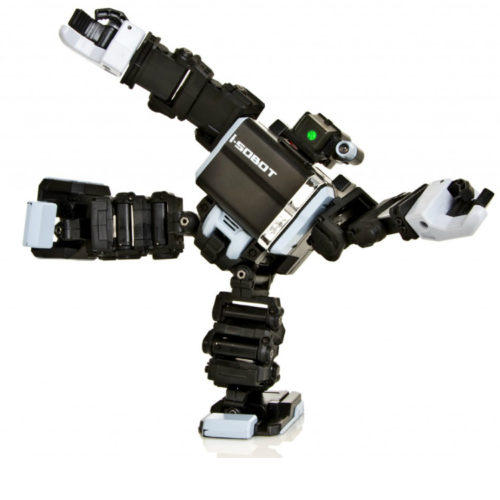Robots In Medicine – Amazing Advances Of The Past Few Months
There are so many advances being made in the robotic world that are helping in healthcare that some of the things are quite amazing. Here we take a look at just a few of them.
Xenex Robot
The Xenex robot provides a fast and efficient disinfection of any space, much reducing the likelihood of contracting a hospital-related infection. As it is estimated that 1 in 25 hospitals patients will contract something like MRSA, this is a huge step forward. The Westchester Medical Centre reported a 70% drop in the number of hospital-related infections when using the Xenex robot in its intensive care unit.
The da Vinci Surgical System
This advance in robotics allows a surgeon to operate with enhanced vision, precision and control. It has magnified 3D high-definition vision and tiny wrists instruments that can rotate and bend far greater than any human hand. The surgeon carries out the procedure through a few small incisions. They are in control of the robotic system the whole time as they carry out more precise operations than had ever been thought possible.
RoBear
RoBear, so called because it is shaped like a large cuddly bear, is able to lift patients in and out of beds, put them in wheelchairs, and help them to stand or turn them to help prevent bedsores.
They can help enormously, not just with the shortage of carers, but to reduce the possibility of injury caused to carers by lifting patients.
Nanorobots In Our Bloodstream
One of the latest advances in robotics is the nanorobots that can carry drugs through our bloodstream. In trials in animals, they were used to carry drugs to tumours. They took a drug that is usually used for blood clotting to the tumour, which cut off the supply of blood to it and reduced its size. It also stopped its ability to spread and in some of the mice used, the cancer disappeared.
This is a great potential advancement in the treatment of cancers, as although there are many different types, they all need a supply of blood to them.
Some types of cancer need more blood than others, such as skin cancers. The mice that had skin cancer and were treated in this way very soon showed a regression of the illness.
It also appears to work on breast cancer, ovarian cancer and lung cancer but the one thing the international team of researchers needed to be sure of is that blood clots did not form anywhere else in the body, such as the heart, liver or kidneys. They were able to confirm that the treat only targeted cancer cells.
The team was also able to show that the treatment worked on larger animals that have similar anatomy to humans.
Treating Other Diseases
Although the initial research was about treating cancers, it could also be used to help cure non-cancer related infections and diseased organs. The team, which included members from China, Australia and the US, have said that they are much closer to real, practical application of the technology.
You might also like
Meet Motobot, The Motorbike Racing Robot
The longest automobile race in the United States is the 25 Hours of Thunderhill, run at the Thunderhill Raceway in Sacramento Valley. However, last September there was a race of
i-SOBOT
Up until now owning a robot with true humanoid flexibility, balance, and movement has been outside the price range of the average consumer. Typically costing $1000 or more for an
EveR
EveR is a series of female androids developed by a team of South Korean scientists from the Korea Institute of Industrial Technology in Korea University of Science and Technology. The



